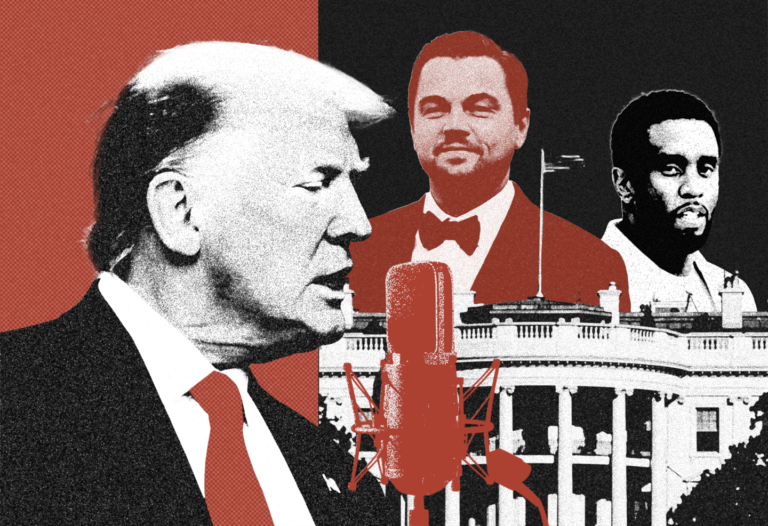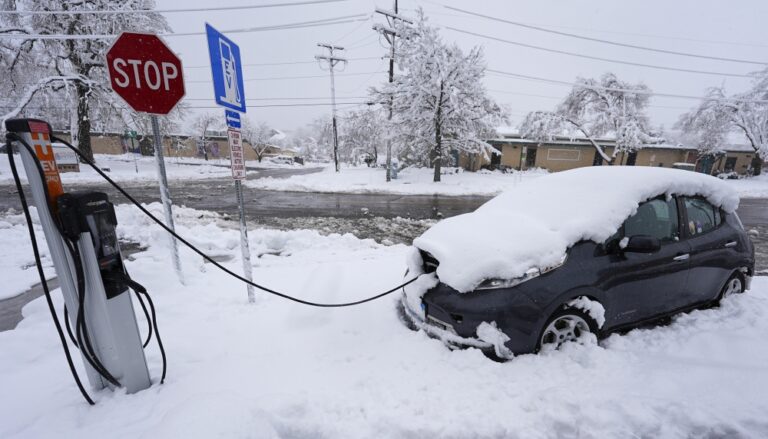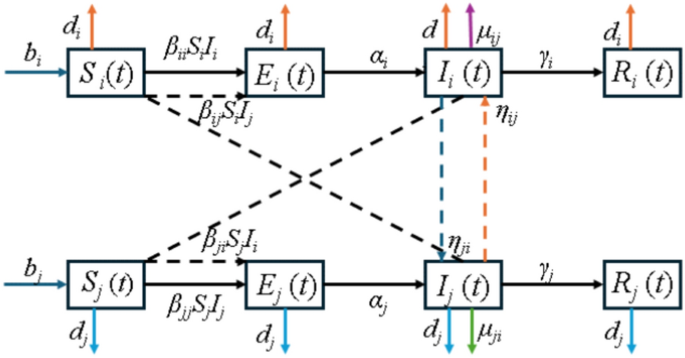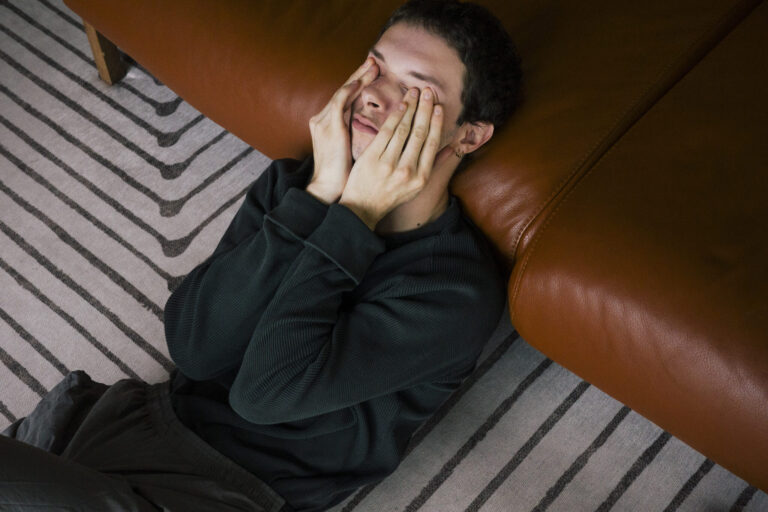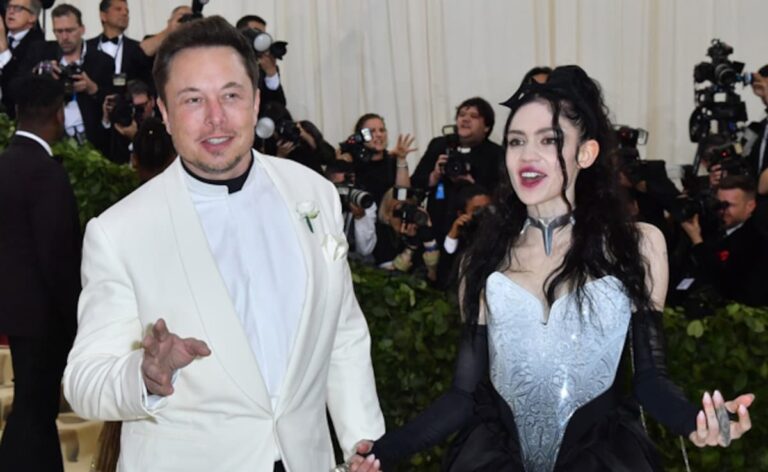
I was in Cuba (again) during the first week of December. I traveled with a delegation of members The only national paymentr, which works to achieve a national health care system in the United States that completely covers everyone under one comprehensive, government-funded program. We visited a variety of healthcare institutions in the cities of Havana and Matanzas, the capital of the province of the same name.
One of the most memorable interactions occurred at the University of Medical Sciences in Matanzas. After receiving a presentation on the organization and curriculum from one of the organization’s leaders, I asked the assembled academic and clinical professors how many participate in international medical missions. I was amazed when about 20 of the 24 faculty members raised their hands with enthusiasm and pride. Through my follow-up question, I learned that medical practitioners provided medical care to people in Angola, Bolivia, Brazil, Ethiopia, Ghana, Venezuela, and Yemen, among more than a dozen countries.

A poster on the wall of the University of Medical Sciences in Matanzas, also showing Fidel Castro Ruz and the “Cuban Five.”
Why was this so great for me? I certainly knew about Cuban international solidarity in the healthcare sector, which began in Algeria in 1963 and included Cuba’s offer to send medical personnel to New Orleans in 2005 after the devastation caused by Hurricane Katrina, as well as sending several medical brigades (including to Italy ) during the Covid pandemic period.
I also knew that international medical missions to Cuba were referred to as tHenry Reeve’s Brigades, named after an American who fought in Cuba’s First War of Independence against Spain.
However, it was bombarded with propaganda from the US government and some US corporate media that Cubans participating in medical missions were “slaves” and that international programs constituted “human trafficking.” That the university professors I met showed such enthusiasm and pride in reporting on their participation in international medical missions is strong evidence that the propaganda I was exposed to in the United States was another example of misinformation about Cuba.
It is true that Cuban doctors and nurses working in medical missions do not receive all the money that Cuba receives when another country pays for these services (although many countries do not pay anything). However, while Cuban health care workers are abroad, they continue to receive their regular Cuban salaries in addition to receiving a salary in foreign currency. How is this an example of “slavery” or “human trafficking”? Why is the US government promoting misinformation about this amazing international solidarity activity by Cuba? I believe this is part of a broader economic war against Cuba, aimed at undermining the revolution and achieving regime change, given that the missions generate foreign revenue that the Cuban government can use to fund health care, education, and other services in Cuba.
And I should too Note that Human Rights Watch claims That Cuban health care professionals participating in international missions may face discipline if they have “relations” with anyone whose “actions are not consistent with the principles and values of Cuban society,” arguing that such “rules severely restrict health workers’ freedom of expression.” Connectivity, movement, and privacy.”
Although the organization refers to the Cuban policy (Resolution No. 168), it fails to note that one of the main reasons why Cuba pursues such a policy is that the United States government has what it calls a “medical parole program,” which is intended to try to weaken Cuba. . The medical system (and its revolution) by contacting and attempting to recruit Cuban health care workers participating in international missions to leave Cuba and come to the United States.
I should mention something about the Cuban Five, Who also appear on the poster in the photo above.
The five were Cuban intelligence officers (Gerardo Hernandez, Antonio Guerrero, Ramon Labañino, Fernando Gonzalez, and Rene Gonzalez) who were arrested in September 1998 and later convicted in Miami of acting as an agent of a foreign government. They were in the United States to monitor and infiltrate Cuban American groups, such as Alpha 66, F4 Commandos, the Cuban American National Foundation, and Brothers to the Rescue, that participated in or sponsored attacks on Cuba.
They were not spying on the US government, and in fact, they were only arrested after they reported to the US authorities some terrorist acts planned by these groups. They were sentenced to various prison terms, and the last of the five were released (and returned to Cuba) on December 17, 2014, as part of a prisoner exchange negotiated by Presidents Barack Obama and Raúl Castro. This came in the wake of a broad and sustained campaign by American solidarity activists for the release of the five Cubans. The tenth anniversary of their release was approaching while we were in Cuba.
Our group had the opportunity to visit the University of Medical Sciences of Havana as well as the Latin American College of Medicine, which was founded in 1999 and has recruited and graduated more than 20,000 students from at least 110 countries, including the United States. In addition, we had interactions with Cubans in nearby doctor/nurse offices, polyclinics (the second level of health care institutions in Cuba), and general and specialized hospitals (eg, cancer, maternity, pediatrics) in Havana and Matanzas. We were also scheduled to go to one of Cuba’s biotechnology institutes (Level 4 healthcare institutions in Cuba). However, due to electricity problems (caused by the US embargo/blockade, which creates financial obstacles for Cuba to purchase fuel and spare parts for the aging electricity grid), this visit was not possible on the day it was scheduled.
We learned from healthcare providers, as well as from some of the patients with whom we were able to speak informally during our visits, how comprehensive, thoughtfully planned, personalized and effective Cuba’s healthcare system is. Not only does Cuba have more doctors per capita than other countries, but all Cubans have a doctor/nurse office (available 24/7) within walking distance of where they live. Healthcare providers lived above their desks and got to know their patients/neighbors on a personal level. When a higher level of medical care was needed, Cubans were referred to polyclinics or hospitals, where they were treated personally by the specialists working there. Oh, by the way, all this health care was available to all Cubans and free. These facts, of course, are what prompted members of the National Single Payer group to travel to Cuba.
We also learned about the key challenges that healthcare professionals face In meeting the needs of their patients. As mentioned above, there were occasional power outages, requiring generators to run on a limited amount of fuel in some establishments. Furthermore, there are shortages of some medical equipment and some medicines, again due to financial and logistical constraints due to the US embargo. For example, during the Covid pandemic, while Cuba produced its own effective vaccines, the country had to rely on donated syringes so Cubans could be vaccinated. For example, Save lives campaign – In collaboration with Global Health Partners – it raised funds to send 6 million shots to Cuba in 2021, and recently sent more than 300 defibrillators to help treat Cubans with serious heart problems. Health care professionals and other Cubans have told us that the impact of the more than 60-year embargo/blockade has been exacerbated by Cuba’s inclusion on the State Department’s list of state sponsors of terrorism—a designation that has no basis in fact; In fact, for many years Cuba has been the target of acts of terrorism sponsored by the United States government.
The blockade/siege has been condemned on more than 30 occasions by the UN General Assembly. Cuba was included in the SSOT in the last few days of the previous Trump administration and was not removed during the Biden administration.
For American citizens who want to learn more about these wrong policies — and work to change them, visit the website Alliance for a Cuba of Engagement and Respect.
Along with my Cuban colleagues and friends as well as those who participated in the “National Single Motive” delegation, I am deeply concerned that US sanctions and other measures could be even more aggressive and hurtful during Trump’s second term, especially in light that he has nominated Marco Rubio for president. US. He became Minister of Foreign Affairs.

